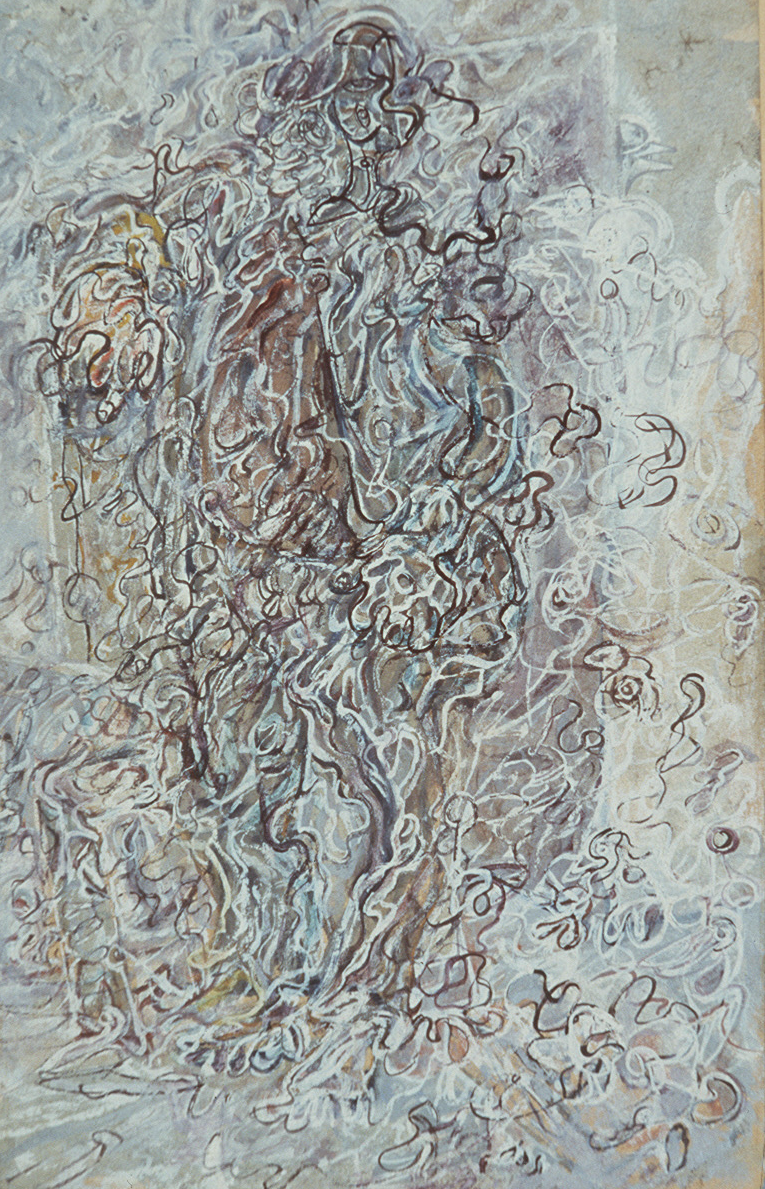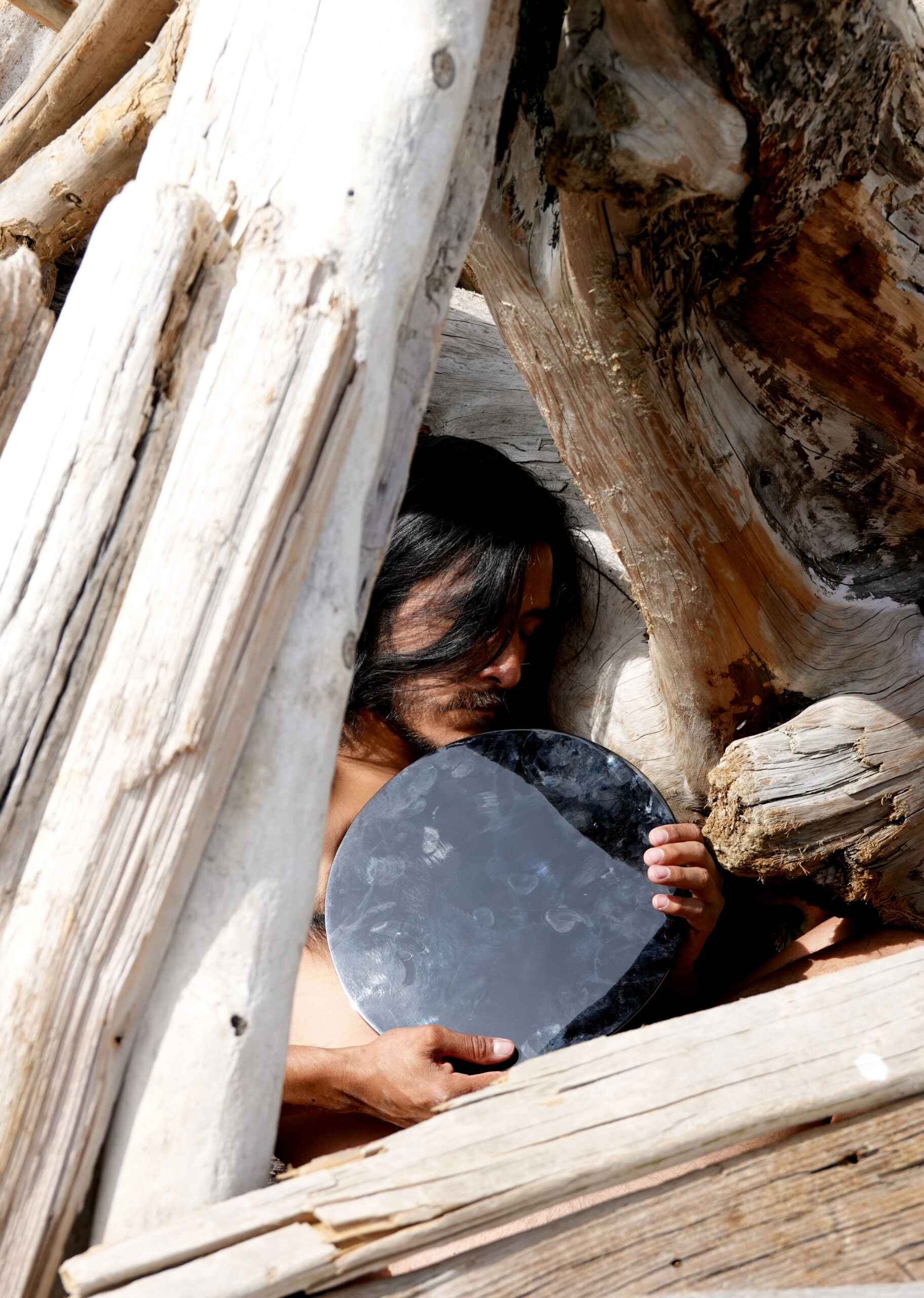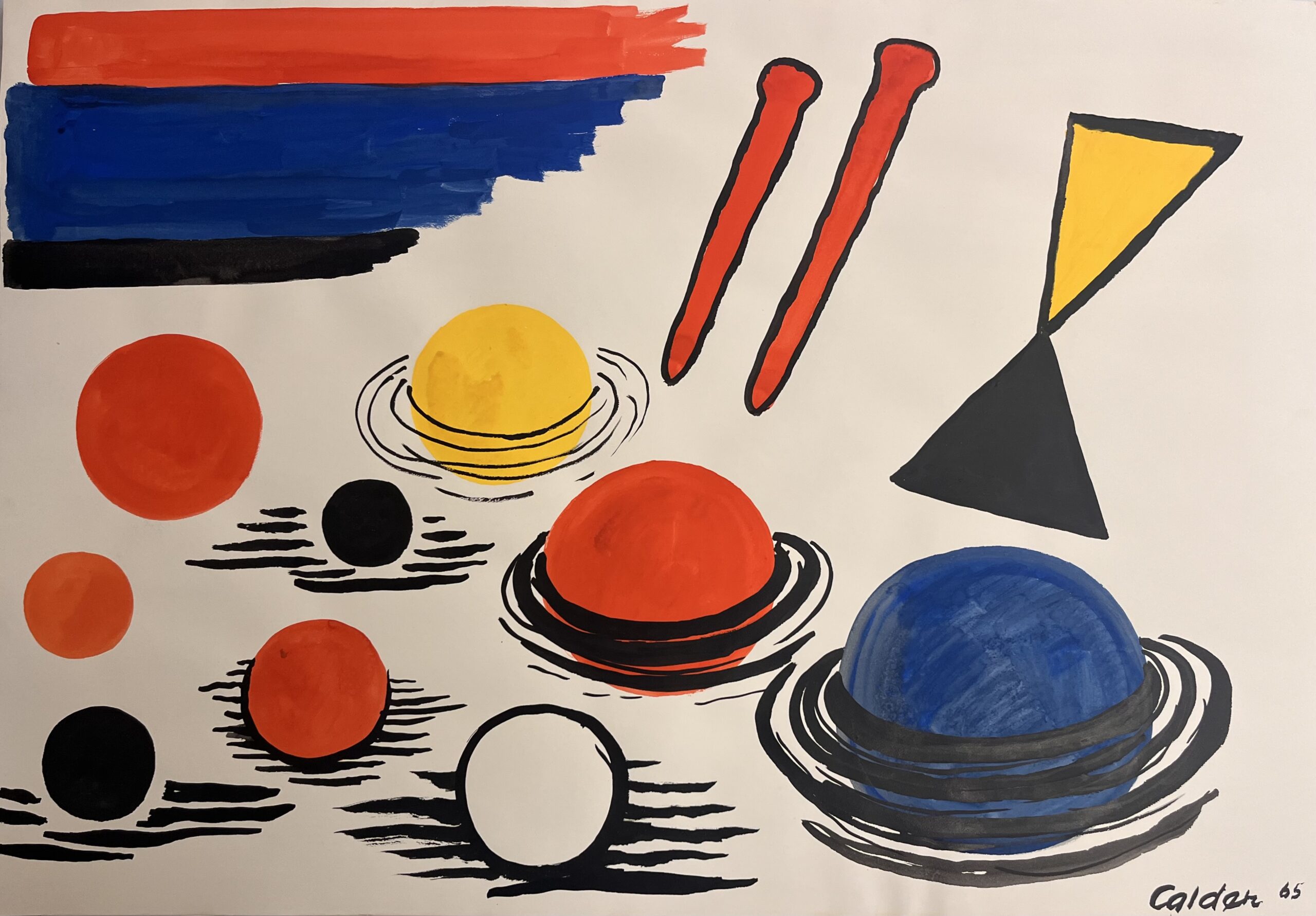By Anita Lahey
“The exhibition is a format for telling a story that’s different from a book or a movie,” says Haema Sivanesan, curator at the Art Gallery of Greater Victoria. “I approach exhibitions as multi-sensory experiences in time and space, rather than linear or didactic narratives.”
Sivanesan is knee-deep in research as she forms the makings of a groundbreaking new show for AGGV. Called “In the Present Moment: Buddhism, Contemporary Art and Social Practice,” this major curatorial undertaking will examine the significant impact of Buddhism on North American art and artists since the mid-twentieth century, and, in turn, artists’ role in evolving forms of Buddhism. The project is funded with grants from the Robert H N Ho Family Foundation of Hong Kong, and the Andy Warhol Foundation for the Visual Arts, of New York.
The theme is timely. A growing number of art historians are studying Buddhism’s connections with contemporary art. However, “In the Present Moment” is the first to consider Canadian art and artists with strong ties to Canada in this light. French artist Robert Filliou, who worked with found materials and had a profound influence on Canadian artists during his years in Vancouver, Calgary and Montreal—he later died in a Tibetan monastery—is one key figure. Others enmeshed in this cross-cultural phenomenon range widely in background and discipline, including international artists such as Mark Tobey, John Cage and Pauline Oliveros, as well as Canadians Jack Wise, Howie Tsui, and Coast Salish artist, Dylan Thomas. “It’s been a pervasive influence,” says Sivanesan. “This is going to be an interesting period about rethinking Asian-North American relations and creating a more complex picture.”
Initially, Sivanesan trained her eye on Canada’s west coast. “The collection was the starting point,” she says. “Mark Tobey, well represented in our collection, was the first American artist to go to Japan and spend time in a Zen monastery.”
In the 1950s, Tobey, a Seattle artist with strong ties to Victoria, championed the work of Japanese-American artists, including Paul Horiuchi, also represented in AGGV’s collection. He later influenced major artists such as Jackson Pollock. As such, he’s a link between Buddhism and 20th Century abstract art. “He anticipated that kind of work,” says Sivanesan. “He writes about the huge influence Buddhism had on the way he began to think about painting.”
A former curator of the Asian Art department at the Art Gallery of New South Wales, Sivanesan ran Centre A, Vancouver’s hub for contemporary Asian Art, before joining the AGGV in 2015. Prior to that, she was executive director of the South Asian Visual Arts Centre in Toronto. Examining the influence of Buddhist philosophy on a broad mix of artists—and vice-versa—ties in with her own curatorial philosophy: to think outside long-accepted paradigms. “The project of diasporic art histories, and the work I prefer to do as a curator, is to tell a more complex story, to imagine the exchanges and inter-relations between and among Asian and non-Asian subjects that mainstream histories have left out.”
With the help of art history students and recent graduates, Sivanesan’s been compiling bibliographies of artists’ writings and images, and planning a research convening—less formal than a symposium—at the University of Victoria later this year. Bringing together curators, art historians, students, local artists and members of the community, she says, “It will be as conversational as possible. This is a topic that hasn’t been thought about a lot or discussed in a public way.”
Sivanesan’s also interviewing working artists, such as Toronto-based sound and video artist Nubuo Kubota, whose family was sent to B.C’s Slocan Internment Camp when he was a child. “That’s where he learned to chant the Buddhist sutras,” says Sivanesan. “That was the seed for the work he went on to do as a well-known artist in Canada.” Knowing Kubota’s unusual sound forms are partly informed by Buddhism, she says, offers people a new way to hear them. “As a child, you don’t necessarily understand the words, you’re chanting them as repetitive sounds: it’s what the sound feels like inside your body as well as around you. The way he works can be very playful and abstract.”
Two years of intensive study have proven to Sivanesan that understanding the links between Buddhism and modern art is profoundly important. “It’s almost a whole new framework for approaching modern and contemporary art history. One of the things you begin to think about is why hasn’t it been accounted for? What are the circumstances, biases or politics that meant this wasn’t observed or discussed? It’s a question in the back of my mind as I look through the archives.”
So what is the attraction between artists and Buddhism? Sivanesan has some ideas. For one thing, Buddhist ideals seem to mesh nicely with artists’ resistance to the commodification of their work. What’s more, both Buddhism and art-making can both be grounded in self-transformation. “They work in parallel and they’re informing each other.”
“In the Present Moment” won’t dictate answers. It will, in part—perhaps somewhat Buddhist-like—aim to help viewers let go of the need for an air-tight thesis. “The artists I’m dealing with are exploring art as a conduit of contemplative experience,” says Sivanesan. “The challenge is to assist the viewer in understanding that, because the nature of this is interior and experiential, rather than intellectual.”



